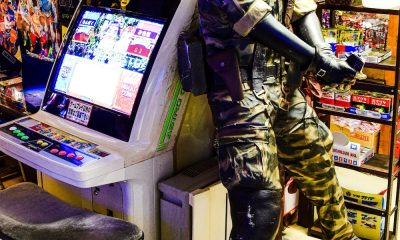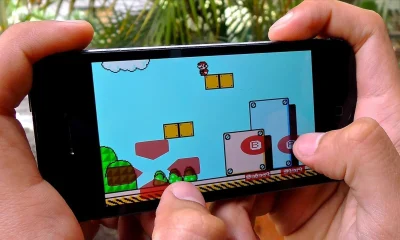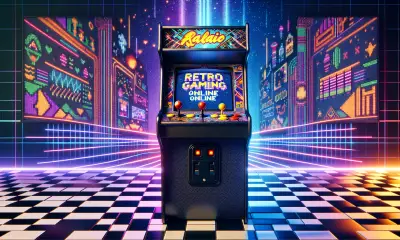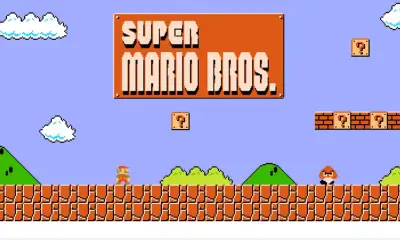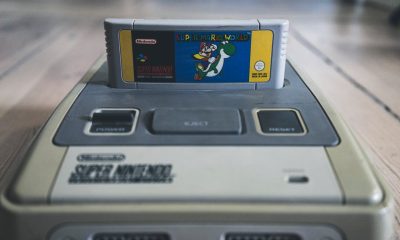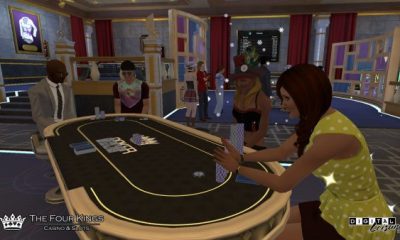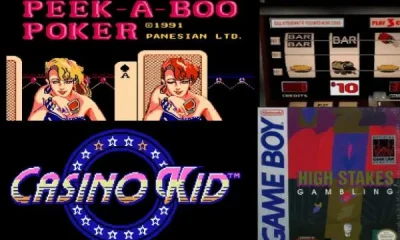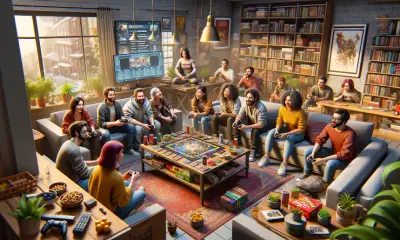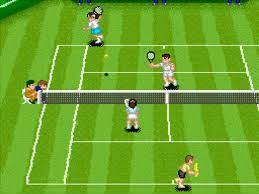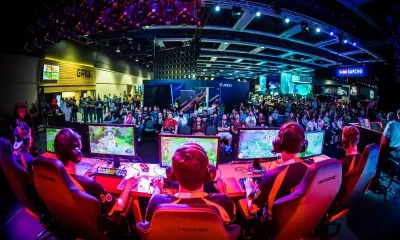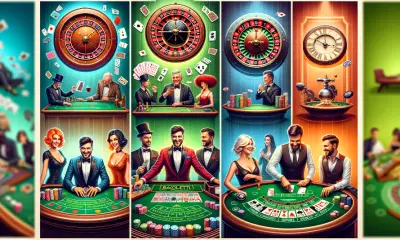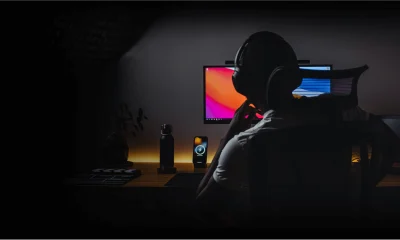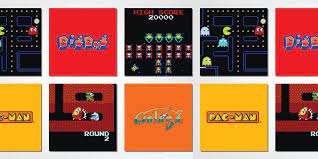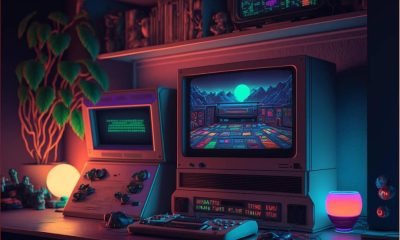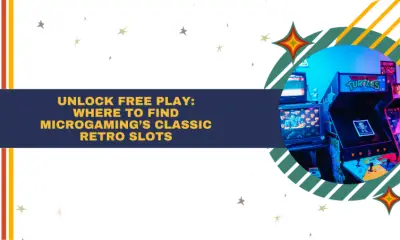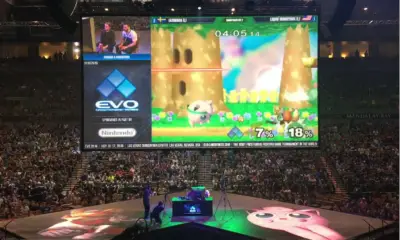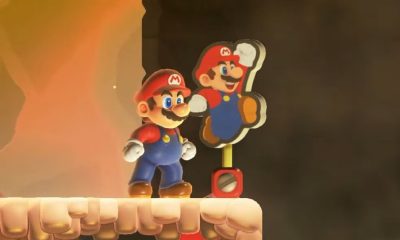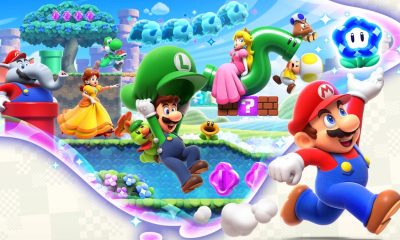If you grew up on side-scrollers, pixel art, and the hum of a TV that was a little too bright, you know the sound of comfort. Retro gaming isn’t a comeback anymore; it’s home. The players who once traded cartridges at school are now rebuilding the past with better gear, sharper screens, and the same old excitement that made their hands shake at “Press Start.”
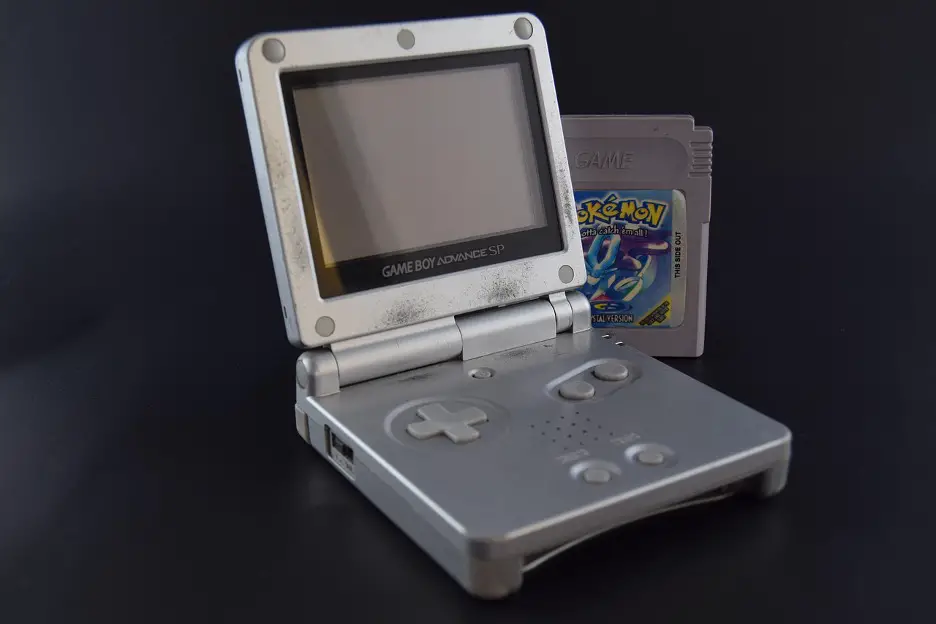
It’s not just about nostalgia. It’s about the feel of control in your hands, the rhythm of old music loops, the joy of getting it right after ten tries. The past doesn’t just visit, it lives on through our setups.
Playing Old-School in a New World
For gamers who want the real thing, half the fun lies in the setup. Some plug in original hardware, others chase that same magic through emulators and modded consoles. Whatever path you take, the goal is the same: to get as close to that glowing, slightly warm screen feeling as possible.
Retro’s rebirth runs parallel with how other forms of play have evolved. Even casino and mobile games have taken notes from it. If you check the top ranked online casino apps, you’ll notice how many lean into the simplicity of the old days, quick rounds, familiar sound effects, bright colors that could’ve come straight from an ‘80s slot cabinet. It’s the same design instinct that made early games addictive: clear feedback, fast rewards, and that small rush of victory.
Retro design still teaches new tech a lesson or two about fun.
Hardware That Brings the Past to Life
There’s something sacred about using real gear. The click of a button, the travel of the d-pad… It’s muscle memory. Reproduction controllers have gotten close enough that your hands forget they’re new. USB pads modeled after the SNES or Mega Drive feel right again.
Displays matter too. Some collectors swear by old CRTs for the glow, the slight blur that made sprites look alive. Others prefer crisp modern screens with scanline filters, the best compromise for those who want comfort and convenience.
And sound, never skip the sound. The hiss of early speakers, that faint electric buzz when you pause a game, they make the moment. Today’s setups can mimic it, but the nostalgia isn’t just technical; it’s emotional.
Building a Digital Library Worth Playing
It used to take luck and a working cartridge slot to revisit old games. Now it takes a few clicks. Steam, GOG, and dozens of preservation platforms carry clean, legal copies of classics that once disappeared behind licensing deals.
Developers are rebuilding their old work too, layer by layer, so a new generation can play without worrying about dying hardware. It’s preservation disguised as fun. And it’s working, Chrono Trigger, Castlevania: Symphony of the Night, Street Fighter II, they still pull players in.
But what really keeps it alive is community. Forums, Discords, Reddit threads, people swapping ROM hacks, trading stickers, even restoring boxes. Retro isn’t a fad. It’s a living museum run by people who still care enough to fix it.
Creating Your Own Retro Corner
You don’t need a full room or a collector’s budget. A mid-tier PC and a good emulator can get you started. Add a sturdy controller and a playlist of game soundtracks, and you’re there. Some players go further. Small CRT stacked on a shelf, glow strips behind it, maybe an old poster. It doesn’t have to look perfect. It just has to feel right.
Retro setups are personal. That’s the point. No updates. No online logins. Just a screen waiting for you.
Why It Still Works
Modern games keep changing, with updates, patches, and new content every week. Retro games don’t. What’s there is what you get, and that’s exactly the charm. No grind, no login streaks, no daily rewards. Just that small rush when your reflexes finally match the screen. A few minutes of Donkey Kong can still feel better than an hour lost in some massive open world. Retro gaming is popular because it isn’t really about looking back. It’s about stripping the noise away until only play remains.
Conclusion
The revival of retro gaming isn’t nostalgia. It’s the maintenance of culture. It’s how players protect the parts of gaming that felt pure. Whether you’re running an emulator on your laptop or turning on an old console with a controller that’s seen better days, you’re not just playing, you’re keeping history alive.
And as tech keeps sprinting forward, retro reminds us that simplicity never stopped being enough. All it takes is one boot-up sound, one familiar pixelated jump, and suddenly, you’re there again, small, excited, and ready to play.

- How retro gaming shapes modern online platforms
- What Makes Real Money Online Casinos Appealing to Players?
- From Arcade Cabinets to Browser Tabs: How Retro Gaming Went Digital
- From Arcades to Apps: Decades of Gaming Culture
- On-Chain Game Design: What Web3 Actually Adds to Core Gameplay
- The Revival of Retro Games – The Best Setup for the Real Feel
- How Developers Make Money from Free-To-Play Games
- How Retro Level Design Explains Modern Jackpot Lobby Themes and Player Navigation
- What Features Players Look for the Most in Retro Online Casino Games
- The Journey of Arcade Games into Blockchain Slots
- When Classic Design Meets Modern Tech: How Old-School Games Inspire Today’s Live Platforms
- Retro Slot Games: Still a Good Bet?
- The State of Casino Gaming on the Nintendo Switch in 2025
- 5G and Retro Multiplayer: Revamping Classic NES Games for Online Mobile Battles
- Low-Power Tech for Mobile Gaming
- From Retro Casino Games to the Online Experience
- Retro casino games: a complete guide
- How Different Industries Are Using Techniques From Gaming to Attract and Retain Customers
- The Enduring Appeal of Retro-Style Games
- Level Up Your Gaming: How to Maximize Bonuses for Retro and Online Casino Fans (2025 Guide)
- Megaways vs. Retro Slots: Which Are Better?
- Treasure In Your Attic? The Most Sought-After Retro Games
- Reliving the Golden Era of Gaming with PlayRetroGames.com
- Remembering some of the worst retro games ever made
- Top Picks: The Best Retro Games to Play Online
- Rediscover the Magic: Retro Games Unleashed!
- From 8-Bit to High Stakes: The Retro Gaming Roots of CS:GO Case Battles
- The Best Retro Themed NFL Video Games
- 12 of the Most Influential Chinese-Themed Retro Games
- The Role of Sound and Graphics in Online Casino Games
- The Enduring Appeal of Classic Table Games in Online Gaming
- Why Super Puzzle Fighter Was a Precursor to the Age of Casual iGaming
- Top Online Casino Providers: A New Era in Gambling
- The Evolution of Fast Payouts in Gaming: From Retro Classics to Modern Platforms
- A nostalgic revolution among retro gamers: Migrating to the thrills of online casinos
- The Increasing Role of Apps in Online Gaming
- How Retro Games Are Evolving to Match A More Mobile Gaming Industry
- Retro Game Elements in Today’s Online Casino World
- Hidden Levels and Easter Eggs in Retro Games
- The History Of Gambling In Asia
- Retro Video Game Mechanics in Casino Games
- Most Popular AK-47 Skins in CS2 and Their Prices
- The Psychology Behind Online Gambling: Why We Keep Coming Back
- Casual vs. Risky Plays: Balancing Fun with Crash Games and Retro Slots
- From 80s Arcades to Online Casinos: How Retro Video Games Inspired Modern Casino Games
- Why Poker Has Stood the Test of Time
- Tower.bet Loyalty Program: How to Earn Extra Bonuses
- What is the appeal of playing retro games?
- How Live Streaming is Revolutionizing Sports Betting
- Classic Retro Casino Slots
